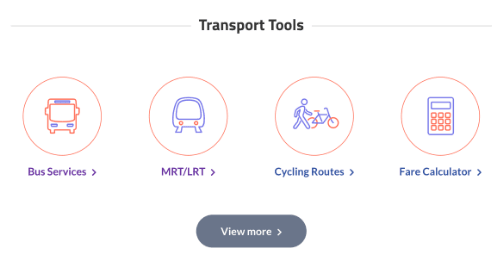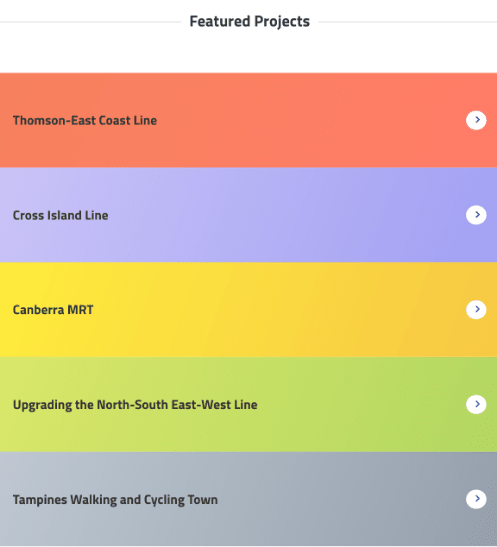We refer to the letters by Mr Sun Zhi Xian ("Artificial intelligence applied to transportation systems", 14 October 2025) and Mr Ng Chuan Shen (“The limitations of AI-controlled traffic systems”, 18 October 2025).
As mentioned by Mr Ng, Singapore currently operates an adaptive traffic light control system, which we call Green Link Determining System or GLIDE. Sensors such as induction loops are deployed beneath road surfaces to detect vehicles and analyse real-time traffic conditions.
Through GLIDE, traffic light timings are adjusted dynamically based on prevailing traffic conditions, and traffic flow is optimised across multiple junctions to manage the wider network efficiently. This is beyond what traffic marshals deployed at individual junctions are able to do. That is also why motorists may occasionally encounter more red lights on less busy roads, when the system prioritises heavier traffic corridors.
Traffic management across Singapore requires careful coordination to balance the competing needs of different road users amid dynamic traffic conditions, such as during peak hours and special incidents.
We share Mr Sun’s view that new technological advances will help improve overall traffic efficiency. LTA is currently developing a new system - the Cooperative and Unified Smart Traffic System or CRUISE, which will draw on additional data sources and apply AI predictive capabilities to further enhance traffic management and better serve the evolving needs of our road users. In developing this system, we will ensure that human oversight remains integral to the system and that rigorous testing along with on-site trials are conducted to ensure safety and performance before large-scale implementation.
Alvin Chia
Senior Group Director, Traffic and Road Operations
Land Transport Authority
















